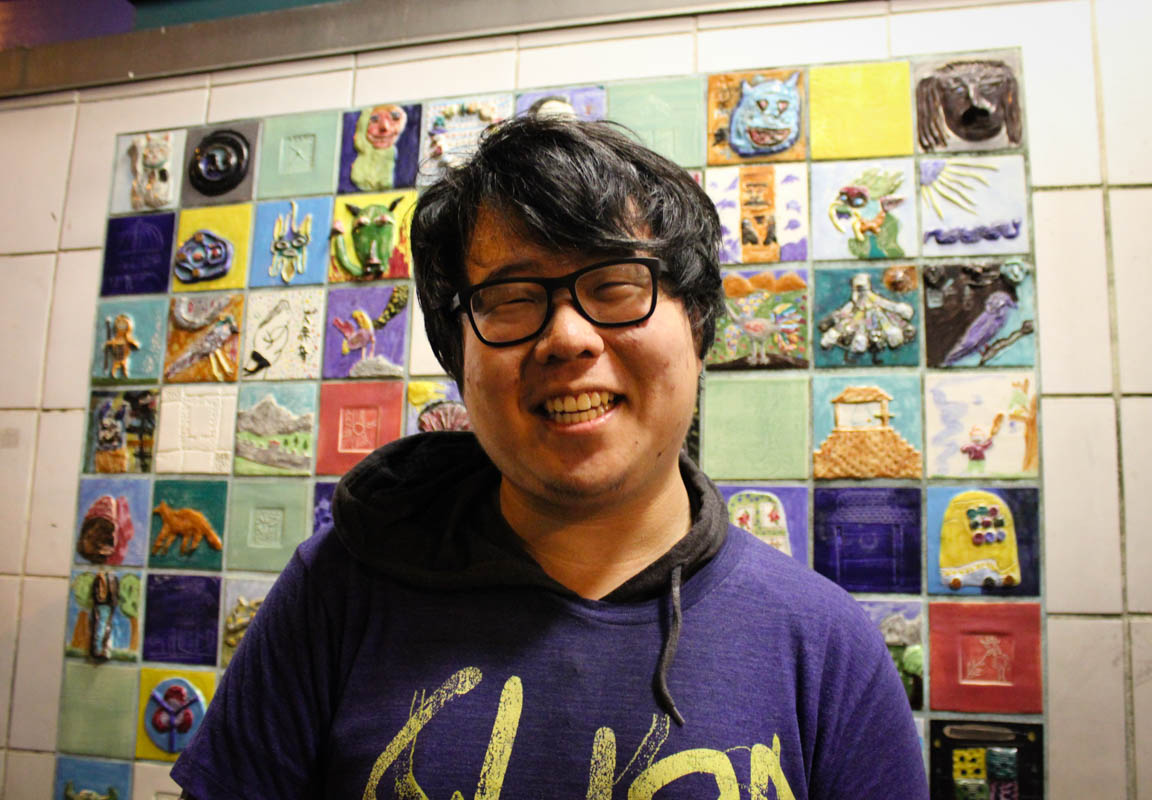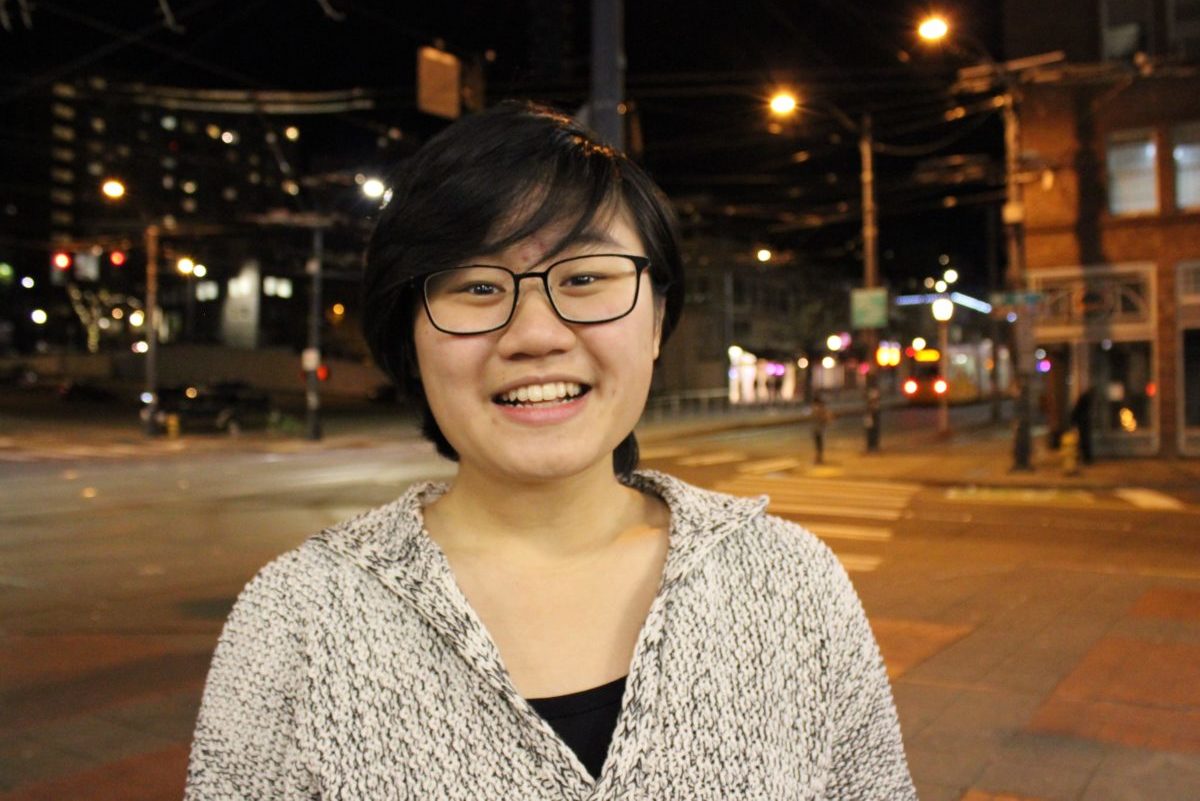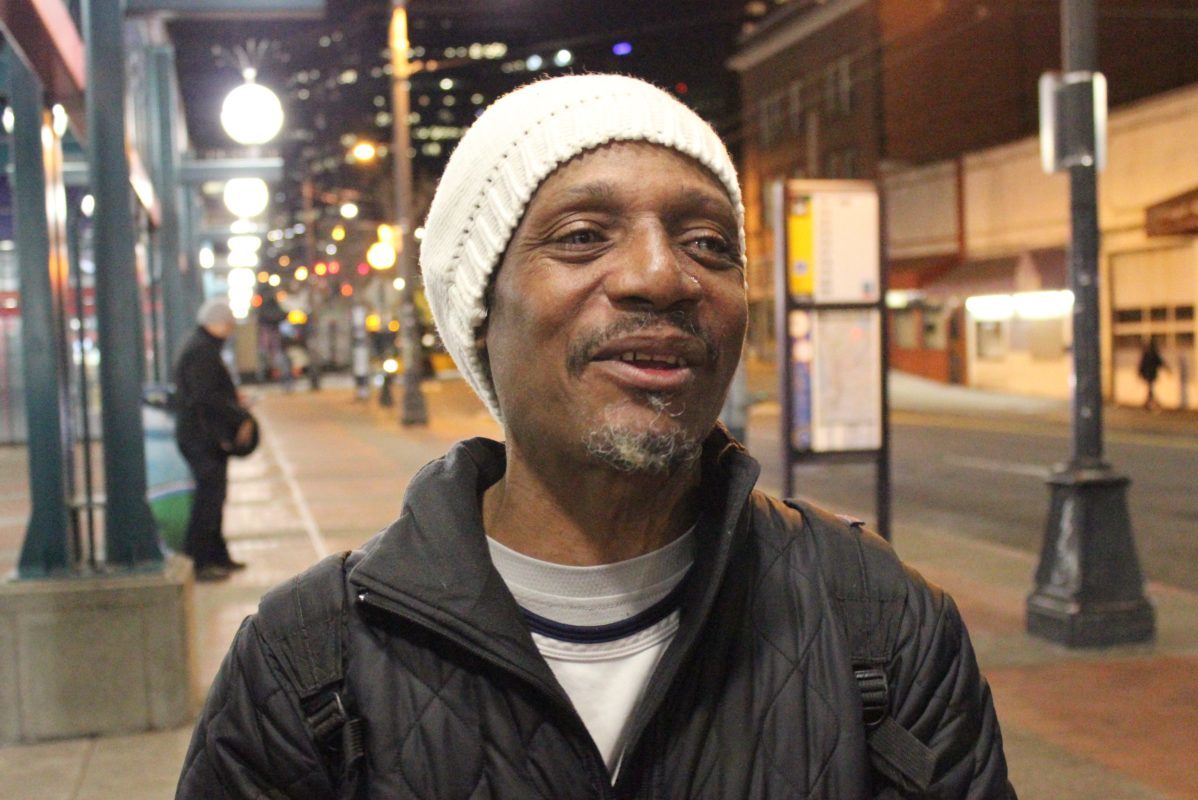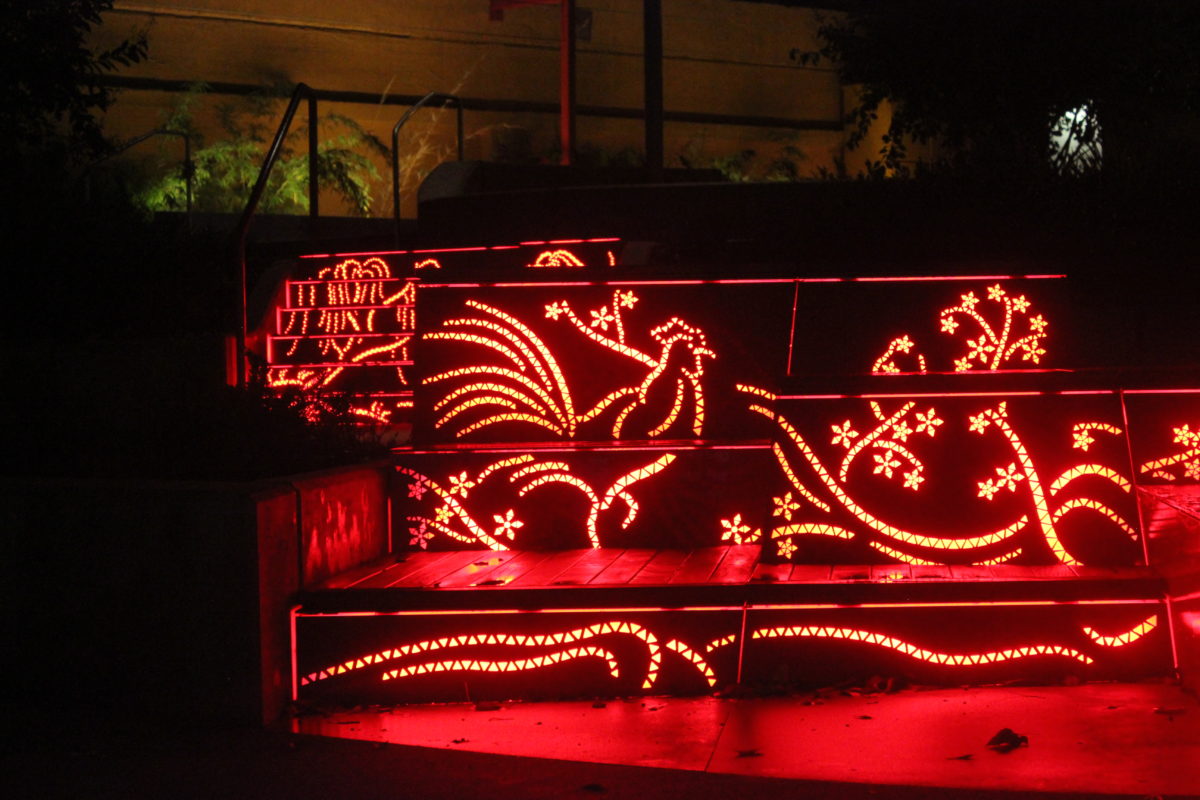
Whenever I walk through Chinatown-International District, it is in the evening, after work.
Many things have changed — or so I have heard. Though I am the son of two Chinese parents, I have little personal history with this place I call Chinatown besides Sunday morning dim sum, shopping trips and the word “Chinese.”
But I was born into a lineage of people living in the United States who called this home, and because of the way I look, and I call them my people. In some ways, their stories will continue to live through me. My exploration of the community was driven by finding ways that Chinatown has maintained its character despite the recent changes.
I spoke to Owen Xia, 23, who lives in Chinatown-International District. I took his picture as we both exited the light rail station.

“If it’s change regarding the world, you address it in a way that’s positive. Because if you’re a bystander to change, you’re perpetuating it as well,” Xia said.
Jenny Chang, 22, who lives in the University District, gave me her definition of resilience. She had been on her way to a friends house when she saw me taking photos and interviewing people. She wanted to talk.

“It’s the ability to conjure hope when you feel like there’s no hope and to be able to continue pursuing your dreams,” she said.
“If you don’t have resilience, anything can stop you. If resilience isn’t a main element in what drives you forward to do your best every day, then anything can make you fall down.”
She reflected on the current political climate.
“The political party in power right now is really demonstrating how people can get away with exploiting people of vulnerable population and actually get into power by exploiting people that way,” she said. “So I think a lot of hopelessness stems from the fact that it’s so institutional and so pervasive that it’s hard to see how one individual can make any meaningful change.”
I also met Robert Watts, 50, of Los Angeles at the bus station. He was waiting before getting on a Greyhound. He was standing in the open and easy to approach — which can be unusual for people from Seattle.
I asked him what change meant to him. Here’s what Watts said:
“You gotta go through that so you can arrive to your life. That’s a hard thing. That’s a hurting thing, and it’s a good thing, but when you can smile and say ‘Boy, I had to go through that for that little thing?’ You have a smile on your face, so you know: you was created for something way better. Cause something good going to come out of it. It always does.”



Seattle Globalist’s “Portraits of Resilience” series was produced as part of the Globalist Youth Apprenticeship program in partnership with Seattle’s Office of Sustainability & Environment. The series highlights communities of color contributing to a more resilient Seattle.

